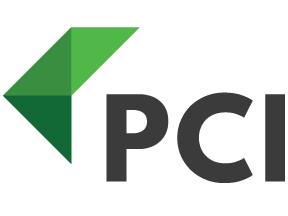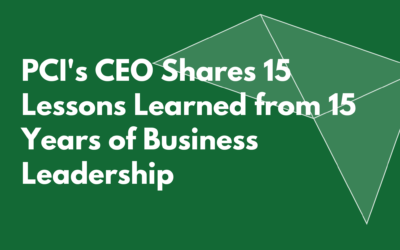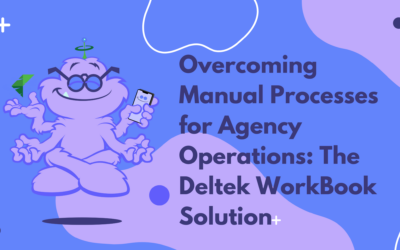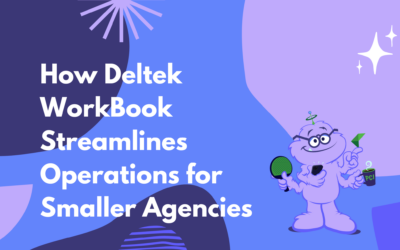In Deltek’s recent webinar, Financial KPI’s for the Healthy Agency: Are You Really Measuring What Matters Most, David Baker, Author, Speaker, Entrepreneurial Advisor at ReCourses, Inc. talks through the 7 KPIs in which your agency should be measuring.
1. Billings per FTE
A simple, but extremely important metric. Take your total agency fees divided by your full-time employees. This is assuming your staff isn’t working ridiculous hours and that you have removed all external expenses from the total (media cost, freelancers, other COGS, etc.). Baker’s minimal milestone for this is $200k per employee. In short, he states, ““You can’t really be a serious agency until you are above this.”
2. Other Key Financial Metrics
Baker’s research of the most efficient (and profitable) agencies concludes these financial metrics as key to a well-run agency:
- Set aside 2-4 months of overhead in cash (not receivables or line of credit)
- No debt (or at least avoid at all costs)
- Look at your fee base (total invoiced amounts minus COGS) and don’t spend more than 45% of it on unburdened (no taxes, benefits, or bonuses) compensation
- 60% of realized utilization (add up all the hours worked, not just billed) should be captured financially
3. Sales Prospecting
Have an inbound list of 8,000 individuals who signed-up for your insight. Baker explains, “I’m talking about real insight that they are excited to read about and eventually will say, “That is a smart agency. I really need to talk with them. Maybe the fit is right.” All of this insight is free until somebody hires you, and then it costs a lot of money. “
Accumulate 50 opportunities, choose 12 to go after, win 3-4 of them
Cap labor devoted to new business at 4% (this includes pitch decks, conferences, networking, etc.)
Use progressive profiling and lead scoring
4. Insight Assets (Content)
Your sales prospecting is dependent upon the insight deliverables (content) you create and make available to new business leads. Here are some minimal guidelines for what you’ll need in your asset stack:
- At least 2 articles per month (400-800 words with the occasional longer piece)
- Have a clear point of view and use video when you can
- Produce at least one of these “higher rung” insights very well every year:
- eBook with speaking opportunities
- hosting your own marquee event
- invitation-only roundtables 3-4 times a year with 20 guests (prospects and clients)
- research report co-issued with a more popular brand (or speaker)
- podcasts (your own series or multiple guest appearances on others)
5. Pitches
New business pitches take a lot of time and effort. Baker advises to pitch only if you know who the other competing firms involved. There should be no more than six and no incumbent. If prospect isn’t willing to spend time with you (no answered questions, no inside information) it probably isn’t worth it.
6. Client Landscape
How many clients should you have, and what should they represent of your fee base?
- Have 15-22 active clients at any given time (doesn’t matter your agency size)
- Fewer than 15 will result in a client concentration problem
- Each client represents 4-15% of the whole (any more will put you at risk when they leave, any less means you’re not deeply engrained enough and probably losing money)
- Relationships should last only 2-3 years (the longer they are with you the harder it is to make money)
- Projects should yield a net of 0-40% (okay to lose money on some projects as long as the client relationship as a whole is doing well)
- You only need to close a new client every 2 to 4 months because you’re keeping them 2 to 3 years, and you have 15 to 22 of them.
7. The priorities of an agency lead
As the captain of your agency ship it is the job of the agency lead to understand the daily inefficiencies that hamper good workflow and proper money management. A few key concentrations Baker highlights for agency leaders:
- Focus on financial performance and the entire process in pursuit of good performance
- Devote yourself to KEY staff (4-8 people handpicked by you)
- “Stake out an unambiguous positioning that’s not interchangeable in the marketplace” (i.e. this is what we are really good at and where we are focused)
- Participate in new business to signal to prospect that “this is a big opportunity”
- Make sure every third hire is an “expert” at something. One-third of all employees should contribute to your thought leadership insights.
Learn how WorkBook can increase your agency’s KPIs and streamline your operations. Contact us for more information!




